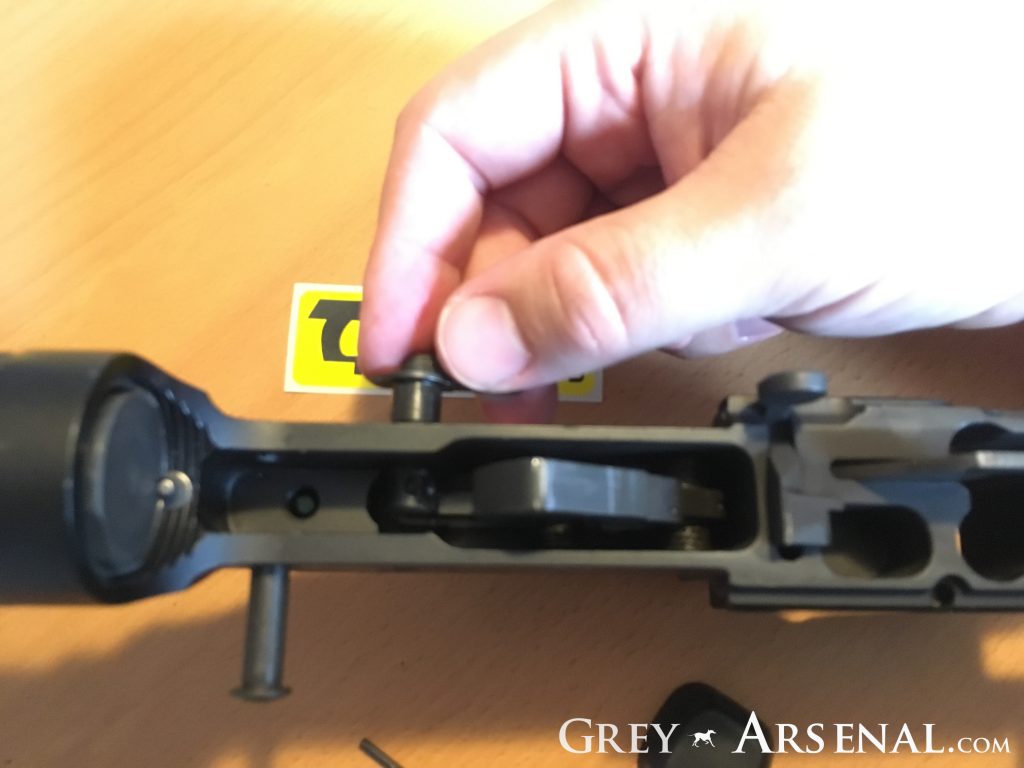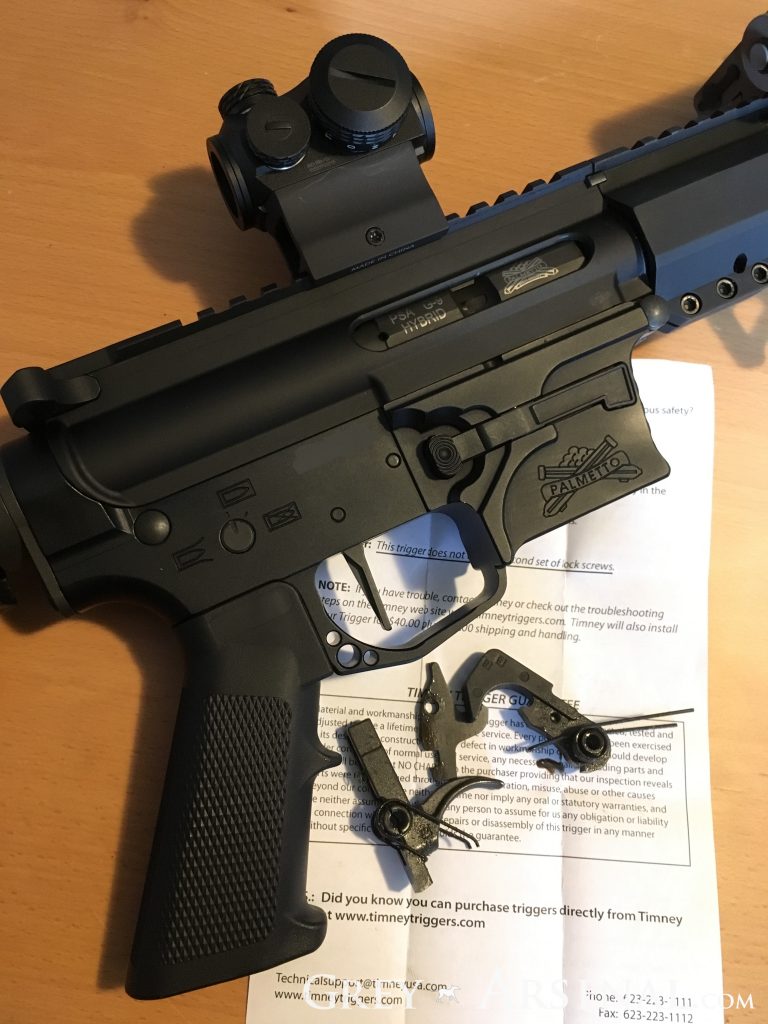
I’ve been wanting to reorganize my storage for a while, and really liked the idea of something much more akin to straight-line access you get in a full on gun room. I also wanted something that’d fit neatly under the shelf in a closet without protruding into the space too much. Ergo – I’ve been wanting something like the SecureIt Answer series.
While they’ve got a full line of products ranging from small strong boxes to full size actual safes, I opted for a balance of the two and did some inventory checking to see how much storage I needed. The Answer 12 was it.
I’ll start with the cons first.
- Yes, let’s get it out of the way “it’s not a Safe, it’s a Residential Security Container.” Sure, but that sounds dumb to say, so I’m going to use the term “safe” in this article, okay? It’s 12ga steel and weighs 400lbs.
- SecureIt is very proud of their products, and the price reflects it.
- Freight shipping will never not be an expensive hassle.
- No backup key entry.
- While it weighed 400lbs, unless it’s bolted down or until you get some serious weight of items inside, it’s front heavy with the doors open and will tip forward. This was negated with a few boxes of ammunition, and a complete non-issue once it was fit out. That said, you’ll probably want to bolt this thing down if at all possible…

Okay, now the pros.
- …and bolting it in place is easily accomplished thanks to the pre-drilled holes.
- SecureIt should be proud of their products, from my initial impressions, it’s extremely well made, top notch fit and finish, and it has a ton of neat features.
- The CradleGrid™ is neat. It’s like playing “lego armory” and I dig it. The long guns sitting a bit out towards the front allowing shorter profile shelving behind them is a fantastic use of space.
- Speaking of “Pro”, the Pro models of their safes come with a bunch of the accessories you’d end up getting to fit it out. While I didn’t use everything in my setup, what I did use would’ve cost more than buying the parts a la carte.
- The SECURAM SafeLogic keypad is easy to use and lets you change the battery externally. You also get the ability to set 2 different codes. While not everyone will have a use case for this (such as setting one admin code, and one user code that you can give out and change as needed to restrict access) – I imagine for those with a use case, it’s appreciated. My only very minor nitpick is the keypad layout – if it was a standard numpad / phone layout, I’d have appreciated the muscle memory for quickly typing a code.
- The shallow, wide layout is fantastic for use of space compared to standard large square safes.
- Internal power box with power and usb outlets is fantastic. You can charge accessories / etc. inside the safe, and use it to power lighting, such as their motion-activated magnetic light bars.

As far as pricing goes – they’re currently on a “Black Friday Early Access” sale. My Answer 12 Pro was $400 cheaper than list price. They indicate that the freight shipping time is typically 2-3 weeks, but their current sale is on inventory, so there shouldn’t be any lead time involved – mine shipped the day after I ordered it, and a friend had his shipped within a couple of days.
Final thoughts.
Do get the higher density horizontal pistol peg racks. The pro models come with 2 single-peg mounts. If you’ve only got 5 pistols to store, great (2 on pegs + 3 on the door organizers), but if you’ve got more, you’ll want a couple of the 2-slot 4-peg or 6-slot 11-peg mounts.
I’d also strongly recommend getting lighting in here. I went with 2 of their magnetic light bars, but you could also easily rig up some cabinet lighting solutions since you’ve got power outlets.































































































